Aquatic Knowledge
Understanding Common Diseases in Fish: Prevention and Treatment
Fishkeeping can be an incredibly rewarding hobby, but it also comes with its fair share of challenges, particularly when it comes to maintaining the health of your aquatic pets. Fish, like any other living creatures, are susceptible to a variety of diseases. In this article, we’ll dive into common diseases in fish, exploring their causes, symptoms, and most importantly, how to treat and prevent them. Whether you’re a beginner or a seasoned aquarist, understanding these diseases can make all the difference in ensuring your fish live a long, healthy life.
What Are the Most Common Diseases in Fish?
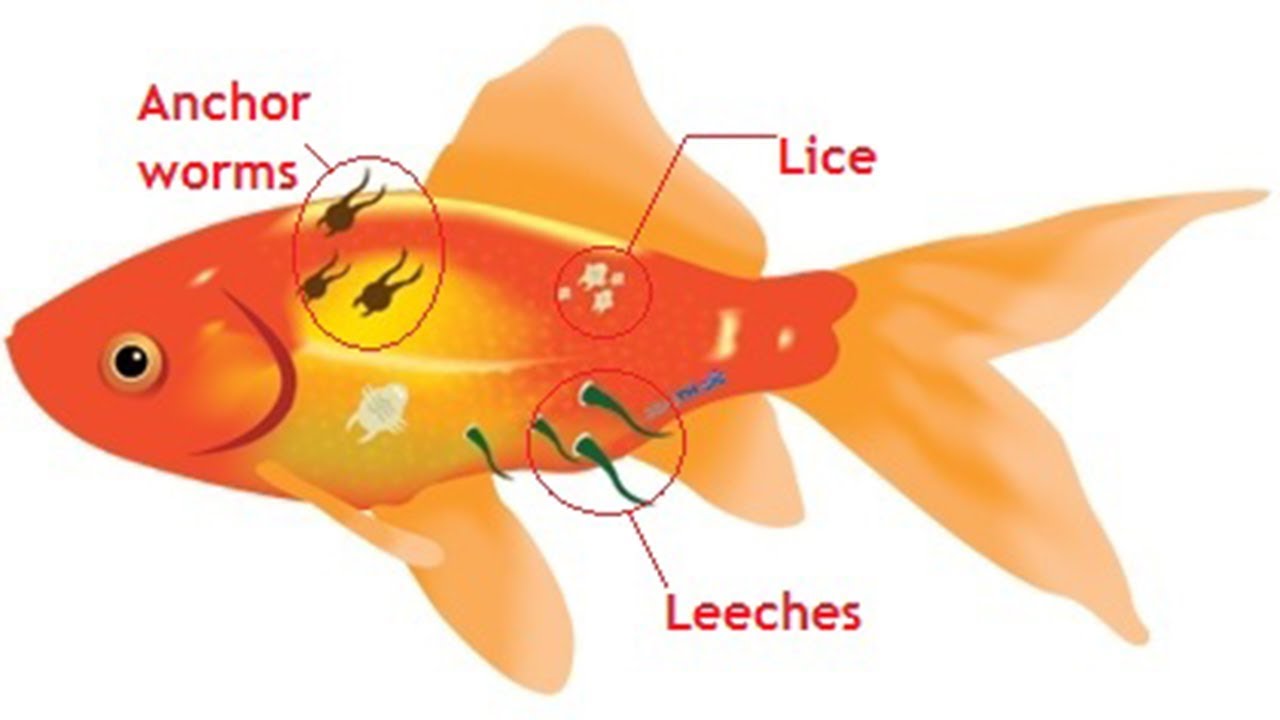
When it comes to fishkeeping, knowledge is your best defense. Recognizing the common diseases in fish early on can help you take swift action, potentially saving your fish from serious illness or death. Let’s explore the most prevalent diseases you’re likely to encounter.
Ich (White Spot Disease)
Ich, also known as white spot disease, is perhaps the most well-known ailment among aquarium enthusiasts. It’s caused by a parasite called Ichthyophthirius multifiliis, which manifests as small white spots on the fish’s body, fins, and gills.
- Symptoms: White spots, rapid gill movement, rubbing against objects.
- Treatment: Raise the water temperature slightly, add aquarium salt, and treat with a commercial ich remedy.
Fin Rot
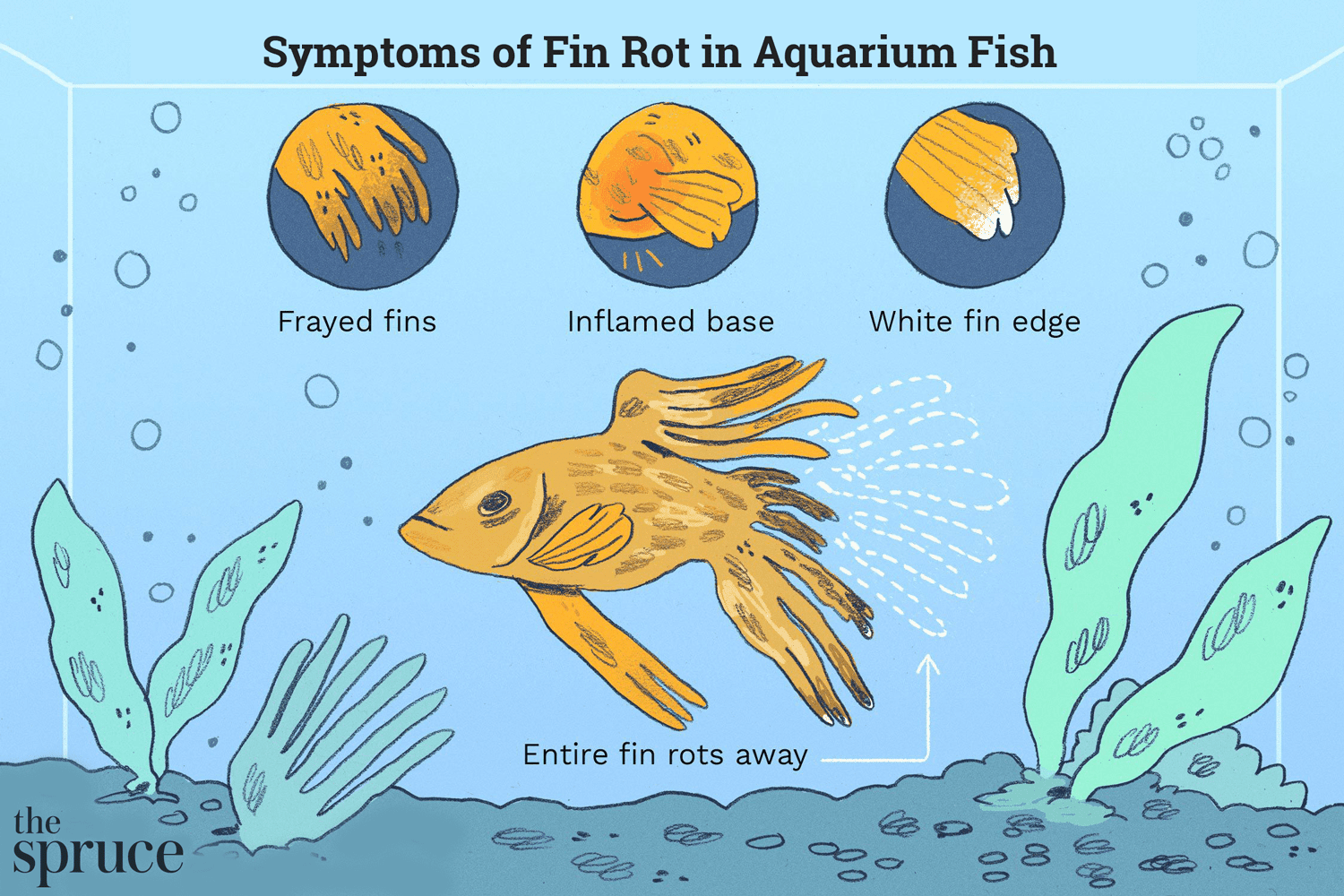
Fin rot is another common disease in fish, often caused by bacterial infections, poor water quality, or injuries. It leads to the deterioration of the fins and tail, giving them a ragged appearance.
- Symptoms: Frayed fins, discoloration, reduced activity.
- Treatment: Improve water quality, use antibacterial medications, and remove any aggressive tank mates that may be causing injury.
Swim Bladder Disease
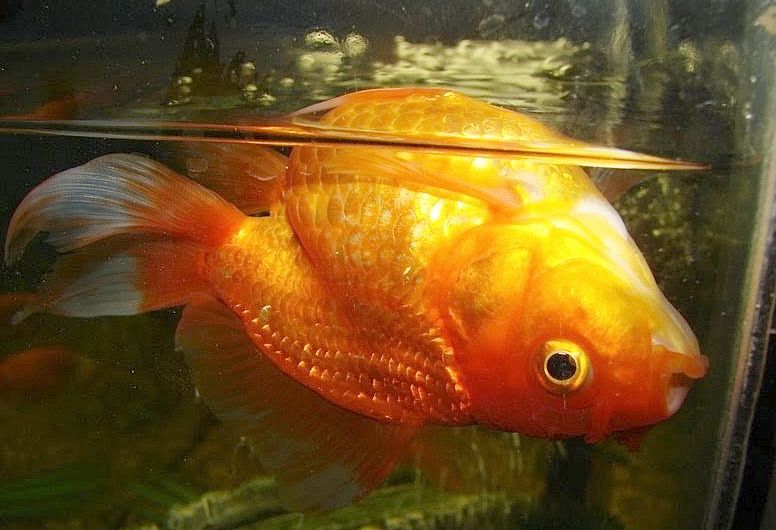
Swim bladder disease affects a fish’s ability to control its buoyancy, causing it to float upside down, sideways, or sink to the bottom of the tank.
- Symptoms: Difficulty swimming, floating upside down, lack of control.
- Treatment: Fasting the fish for a few days, feeding peas, and improving diet.
Fungal Infections
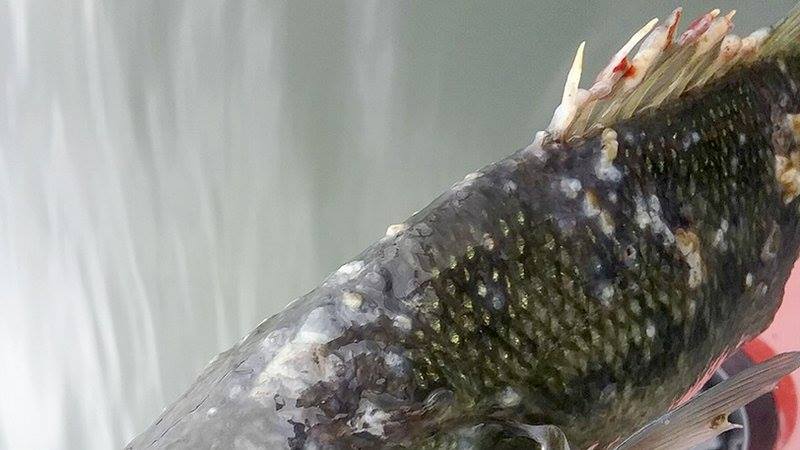
Fungal infections, typically caused by poor water conditions or stress, manifest as cotton-like growths on the fish’s body.
- Symptoms: White or gray cottony growths, lethargy.
- Treatment: Isolate the affected fish, treat with antifungal medications, and improve tank hygiene.
Velvet Disease
Velvet disease, caused by the parasite Piscinoodinium, is another serious illness that can affect your fish. It presents as a fine, dusty film on the fish’s skin, often with a golden or rust color.
- Symptoms: Fine gold or rusty dust on skin, clamped fins, lethargy.
- Treatment: Dim the lights, raise water temperature, and treat with a copper-based medication.
Causes of Common Diseases in Fish
Understanding the causes behind common diseases in fish is crucial for both prevention and treatment. Let’s take a closer look at what might trigger these ailments in your aquatic pets.
Poor Water Quality
One of the leading causes of fish diseases is poor water quality. Contaminants such as ammonia, nitrites, and nitrates can stress fish, weakening their immune systems and making them more susceptible to disease.
Prevention: Regular water changes, proper filtration, and testing water parameters frequently.
Overcrowding
An overcrowded tank can lead to stress, aggression, and rapid spread of disease. Overcrowding also compromises water quality, further increasing the risk of illness.
Prevention: Adhere to the recommended stocking levels for your tank size and provide ample space for each fish to swim comfortably.
Inadequate Nutrition
A poor diet lacking in essential nutrients can weaken your fish’s immune system, making them more prone to disease.
Prevention: Provide a balanced diet tailored to the specific needs of your fish species, including high-quality pellets, flakes, and occasional treats like frozen or live food.
Stress and Aggression
Fish can experience stress from a variety of factors, including aggressive tank mates, sudden changes in environment, or poor handling. Stress is a significant contributor to the development of common diseases in fish.
Prevention: Minimize stress by maintaining a stable environment, choosing compatible tank mates, and handling fish as little as possible.
How to Prevent Common Diseases in Fish
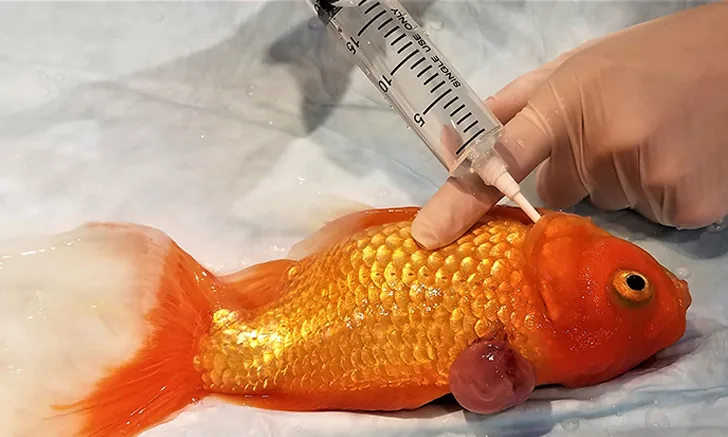
Prevention is always better than cure, especially when it comes to fish diseases. By following these tips, you can minimize the risk of your fish contracting any of the common diseases in fish.
Maintain Clean Water
Clean water is the foundation of a healthy aquarium. Regular water changes and proper filtration are crucial to keeping diseases at bay.
- Weekly Water Changes: Aim to change 10-20% of the water weekly to remove toxins and waste.
- Proper Filtration: Invest in a quality filter that suits your tank size and the bio-load of your fish.
Quarantine New Fish
Introducing new fish to your aquarium can bring diseases into the tank. Always quarantine new fish for at least two weeks before adding them to the main tank.
- Separate Tank: Use a separate quarantine tank to observe new fish for any signs of illness.
- Medication: Proactively treat new fish with general anti-parasitic and antibacterial medications if necessary.
Provide a Balanced Diet
Nutrition plays a vital role in preventing common diseases in fish. A varied and balanced diet strengthens your fish’s immune system, helping them fight off infections.
- Variety: Include a mix of high-quality commercial food, live or frozen food, and vegetable matter depending on the species.
- Feeding Schedule: Feed your fish in small amounts twice a day, ensuring they eat all the food within a few minutes.
Avoid Overcrowding
Overcrowding is a major stressor for fish and can lead to the rapid spread of disease. Ensure your tank is not overpopulated.
- Follow Guidelines: Stick to the recommended stocking density for your tank size.
- Monitor Fish Behavior: Keep an eye on your fish for signs of stress or aggression, and make adjustments as needed.
Regular Tank Maintenance
Routine maintenance goes a long way in preventing the outbreak of common diseases in fish.
- Cleaning Schedule: Clean the tank regularly, including gravel vacuuming and filter maintenance.
- Observation: Regularly observe your fish for any unusual behavior or physical symptoms that could indicate illness.
Treatment Options for Common Diseases in Fish
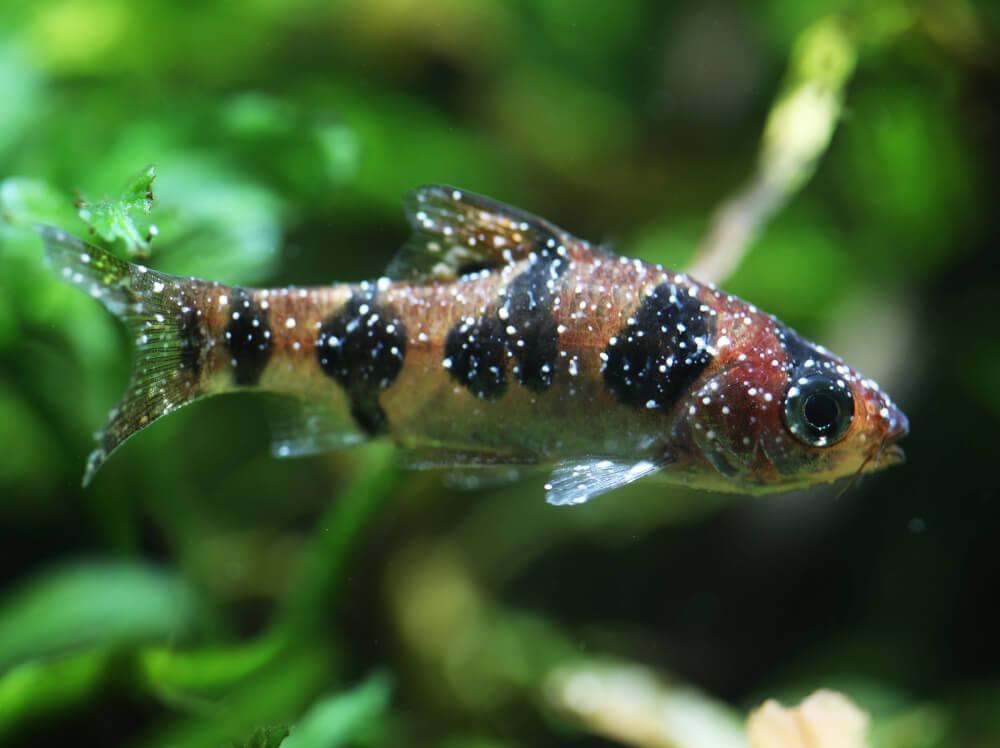
Despite your best efforts, diseases can still occur. Knowing how to treat common diseases in fish is crucial for swift recovery.
Medications
Many fish diseases can be treated with over-the-counter medications available at pet stores.
- Antibiotics: Used for bacterial infections such as fin rot and columnaris.
- Antifungals: Effective against fungal infections that cause cotton-like growths.
- Parasitic Treatments: Specific treatments are available for parasitic infections like ich and velvet disease.
Isolation
Isolating the affected fish in a hospital tank can prevent the spread of disease to other fish in the main tank.
- Separate Tank: A hospital tank should be equipped with a heater and filter but should be kept bare to make cleaning easier.
- Monitor Progress: Treat the isolated fish and monitor their progress closely.
Adjusting Water Parameters
In some cases, adjusting water parameters like temperature, pH, and salinity can help in treating certain diseases.
- Temperature: Raising the temperature can speed up the lifecycle of certain parasites, making treatments more effective.
- Salinity: Adding aquarium salt can be beneficial for treating some bacterial and parasitic infections.
When to Seek Professional Help
Despite your best efforts, sometimes a disease in your aquarium may not respond to home treatment. In such cases, knowing when to seek professional help can be the difference between saving your fish or losing them. Here’s how to recognize when it’s time to call in an expert.
Consult a Veterinarian: Get Professional Support
If you’re dealing with a severe disease outbreak or if you’re uncertain about the diagnosis, it’s crucial to consult a veterinarian who specializes in fish. Here’s why:
- Expert Diagnosis: A veterinarian has the expertise to provide a precise diagnosis, which is critical for effective treatment. While online resources and aquarium forums can offer general advice, a vet can give you an accurate identification of the disease affecting your fish. This is especially important if the symptoms are unclear or if multiple diseases could be at play.
- Specialized Treatments: Some fish diseases require treatments that go beyond what’s available in over-the-counter remedies. A vet can prescribe medications that are more potent and targeted than those you can buy at a pet store. In some cases, advanced treatments like injections or specialized care that you can’t administer at home might be necessary. These treatments can make all the difference in successfully combating the disease.
Act Quickly: Time Is of the Essence
Fish diseases can progress rapidly, often faster than you might expect. This makes prompt action critical. Here’s what you should do:
- Immediate Treatment: As soon as you notice signs of illness, it’s essential to start treatment right away. Delaying treatment, even by a day or two, can allow the disease to worsen, reducing the chances of recovery for your fish.
- Observation: Don’t just focus on the fish that are visibly affected. Keep a close eye on all your fish, as diseases can spread quickly through an aquarium. Look for early signs of illness, such as changes in behavior, appetite, or appearance. Catching these symptoms early gives you a better chance of treating the disease before it becomes more serious.
Conclusion
Maintaining fish health requires vigilance, proper care, and timely intervention. By understanding the common diseases affecting fish and implementing preventive measures, you can ensure a healthy and thriving aquatic environment. Early detection and appropriate treatment are key to managing fish diseases effectively.
FAQs
What are the first signs of disease in fish? Early signs of disease in fish include changes in behavior, such as lethargy, loss of appetite, and unusual swimming patterns. Physical symptoms like white spots, ragged fins, or ulcers can also indicate disease.
How can I prevent fish diseases in my aquarium? Preventing fish diseases involves maintaining clean water, avoiding overcrowding, providing a balanced diet, and regularly monitoring fish for signs of illness.
What is the best treatment for ich in fish? The best treatment for ich includes raising the water temperature, using ich-specific medications like malachite green or formalin, and ensuring good water quality.
Can fish recover from bacterial infections? Yes, fish can recover from bacterial infections with proper treatment, which includes using antibiotics, improving water quality, and reducing stress.
How often should I check my fish for health issues? It’s advisable to check your fish for health issues daily, observing their behavior and physical condition to detect any early signs of illness.
